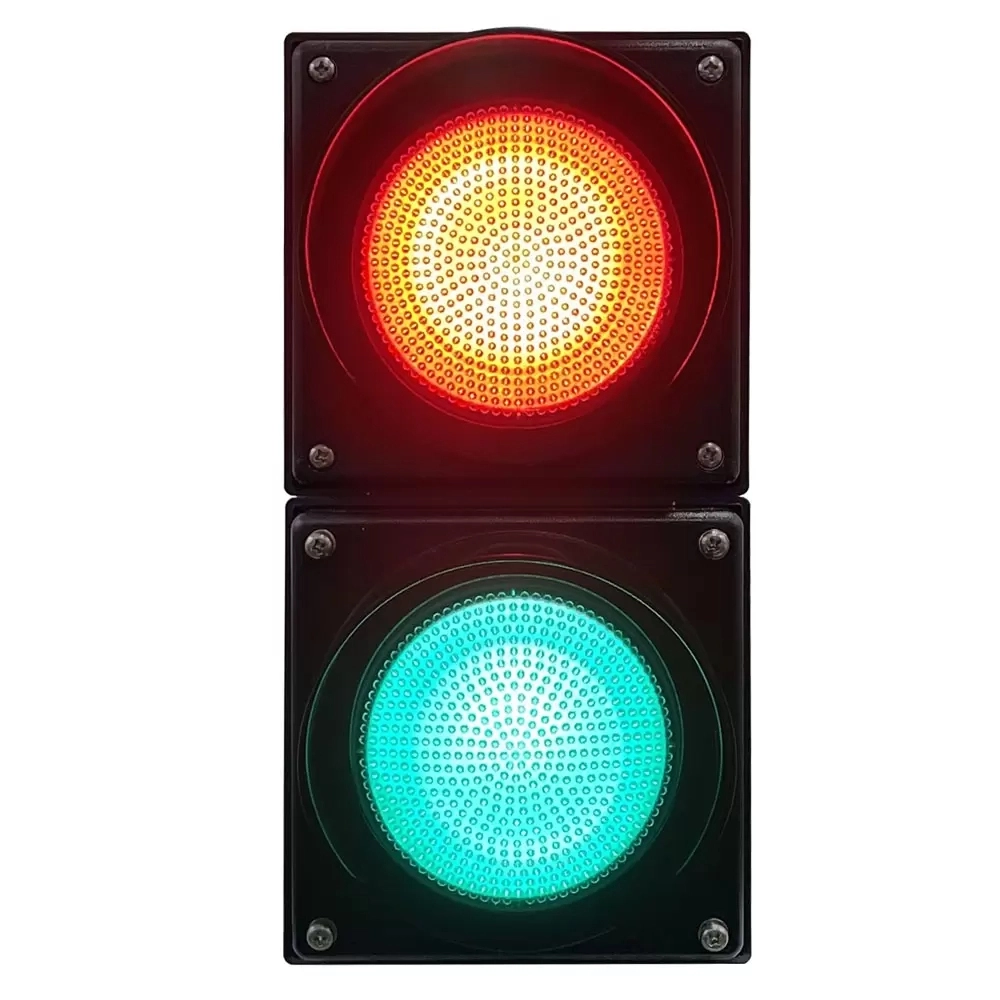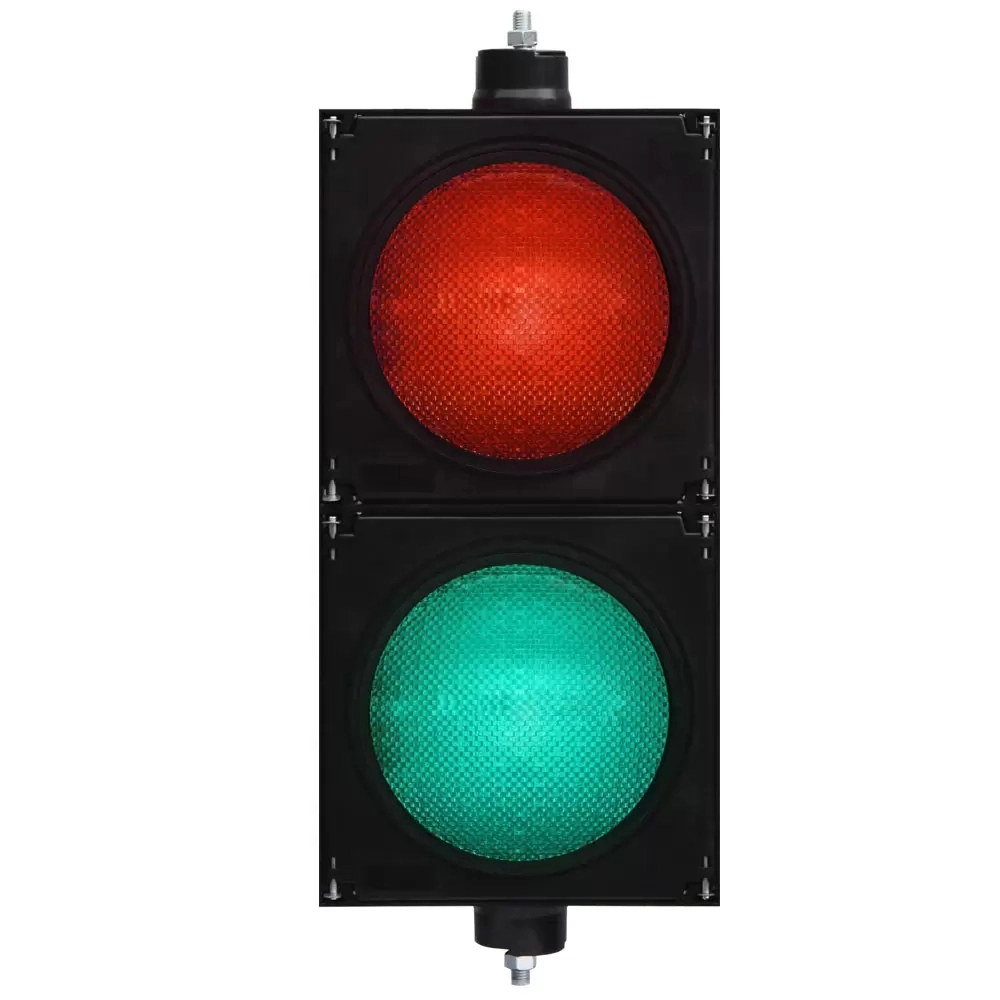Home > News > Industry News > Smart Cities in Action: The Role of High Flux Traffic Lights in Intelligent Transportation
Smart Cities in Action: The Role of High Flux Traffic Lights in Intelligent Transportation
The rapid urbanization of cities worldwide has put unprecedented pressure on urban mobility systems. Traffic congestion, road safety, environmental impact, and energy consumption are challenges that demand innovative solutions. In this context, high flux traffic lights have emerged as a critical component of intelligent transportation systems (ITS), bridging traditional traffic control with smart city technologies.
FAMA Traffic, a leading provider of integrated intelligent transportation solutions, has been driving advancements in smart signal control, traffic safety, and multifunctional 5G smart poles. Guided by the corporate mission of “making travel safer and smarter”, FAMA Traffic equips cities with traffic infrastructure that is responsive, reliable, and energy-efficient.
This article provides a comprehensive exploration of how high flux traffic lights contribute to smart city development, covering technical design, operational advantages, societal impact, sustainability, and future trends.
1. Redefining Traffic Signal Design: Optical and Structural Innovations
The core of a high flux traffic light lies in its optical engineering, which ensures optimal visibility, safety, and compliance with international standards. Conventional point-source traffic lights often suffer from glare, uneven light distribution, and light pollution. FAMA Traffic’s high flux full ball traffic lights utilize:
Triple-layer optical processing: Secondary lens, Fresnel lens, and optical mask ensure uniform surface lighting.
Glare elimination: Direct emission from LEDs is diffused, reducing eye strain for drivers and pedestrians.
Patterned light distribution: Light output conforms to international standards, enhancing safety at intersections.
By combining these optical elements, high flux traffic lights achieve high-intensity illumination without compromising driver comfort, a critical factor in urban safety and traffic efficiency.

2. Core Technologies Ensuring Durability and Reliability
Urban traffic systems operate 24/7 under varied environmental conditions, making durability a key requirement. FAMA Traffic’s high flux lights integrate three critical technologies:
2.1 External Heat Dissipation
Efficient heat management mitigates LED degradation and ensures consistent performance over years, even under prolonged operation in hot climates.
2.2 Wide-Voltage and High-Surge Protection
Support for AC 90–264V and 4,000V surge protection allows stable operation despite grid fluctuations or power surges, reducing maintenance costs and system downtime.
2.3 Large-Sized High-Efficiency LED Chips
These chips offer low light attenuation, high luminous efficiency, and consistent color temperature, ensuring long-lasting visibility and minimal operational intervention.
Collectively, these innovations extend the service life of traffic lights, providing cities with high reliability and predictable maintenance schedules.
3. Operational Advantages in Intelligent Traffic Management
High flux traffic lights are not just illumination devices—they are central elements of intelligent traffic control:
Enhanced traffic flow: Clear, uniform signals improve driver response, reducing congestion and stop-and-go delays.
Reduced accidents: Glare-free illumination decreases the likelihood of collisions, improving overall road safety.
Energy efficiency: High-efficiency LEDs lower energy consumption compared to traditional incandescent or low-quality LED signals.
Integration capability: Compatible with adaptive traffic control systems, IoT monitoring, and centralized signal management platforms.
By combining operational efficiency with technological adaptability, these lights enable cities to optimize intersection management and reduce environmental impact.
4. Supporting Smart City Infrastructure
High flux traffic lights are integral to smart city frameworks:
Data collection: Embedded sensors capture traffic flow, pedestrian movement, and environmental conditions, feeding real-time analytics for urban planning.
5G-enabled connectivity: Lights integrated with FAMA Traffic’s multifunctional smart poles can communicate with vehicles and central systems, enabling adaptive signal timing, emergency prioritization, and autonomous vehicle coordination.
Safety enhancement: Uniform lighting, combined with adaptive signaling, improves pedestrian safety, cyclist navigation, and emergency vehicle routing.
Urban aesthetics and sustainability: Controlled light distribution reduces light pollution and energy waste, contributing to sustainable urban design.
These features position high flux traffic lights as more than mere traffic signals—they are nodes of urban intelligence.
5. Environmental and Economic Benefits
Smart traffic lighting contributes to sustainability and cost-efficiency:
Reduced energy consumption: High-efficiency LEDs cut electricity usage by up to 70% compared to traditional traffic signals.
Lower maintenance costs: Longer lifespan and robust power systems minimize replacement frequency and repair costs.
Carbon footprint reduction: Energy-efficient, glare-free design reduces urban heat island effects and unnecessary power usage.
Economic productivity: Efficient traffic flow decreases vehicle idling time, reducing fuel consumption and economic losses from traffic delays.
Cities adopting high flux traffic lights are thus not only enhancing road safety and efficiency but also promoting economic and environmental sustainability.
6. Deployment Considerations for Smart Cities
To maximize the benefits of high flux traffic lights, urban planners and engineers should consider:
Optical alignment: Ensuring lenses, Fresnel elements, and masks are properly configured for uniform illumination.
Power stability: High surge protection and wide-voltage compatibility to prevent operational interruptions.
Environmental durability: Resistance to UV, dust, moisture, and temperature extremes.
Integration with ITS: Lights must communicate with centralized control systems, adaptive signal timing, and connected vehicle networks.
Maintenance strategy: Long-term operational planning reduces downtime and ensures continuous smart traffic operation.
FAMA Traffic offers full support in planning, installation, maintenance, and optimization, ensuring a seamless smart city implementation.

7. Future Trends and Innovation in Traffic Light Technology
The evolution of high flux traffic lights aligns with broader smart city and intelligent transportation trends:
AI-Driven Adaptive Signaling: Lights dynamically adjust to real-time traffic conditions, optimizing flow and minimizing congestion.
IoT-Integrated Urban Mobility: Sensors in lights enable predictive analytics and vehicle-to-infrastructure (V2I) communication.
Energy Harvesting Integration: Solar panels and energy recovery solutions further reduce carbon footprint.
Enhanced Safety Features: Integration with emergency vehicle preemption, pedestrian detection, and collision avoidance systems.
Urban Data Platforms: High flux lights become data nodes, enabling planners to analyze traffic trends, environmental impact, and infrastructure performance.
These trends point toward lights becoming multifunctional hubs in urban infrastructure, merging safety, efficiency, and intelligence.
8. Conclusion
High flux traffic lights are a cornerstone of intelligent transportation, offering cities the tools to improve safety, efficiency, and sustainability. By combining advanced optical design, heat management, surge protection, and high-efficiency LEDs, these lights redefine urban traffic control.
FAMA Traffic, with its expertise in smart signal control, 5G smart poles, and traffic optimization services, provides cities with reliable, scalable, and future-ready solutions. Through these innovations, high flux traffic lights are not only facilitating safer roads but also paving the way for truly intelligent, connected, and sustainable cities.
